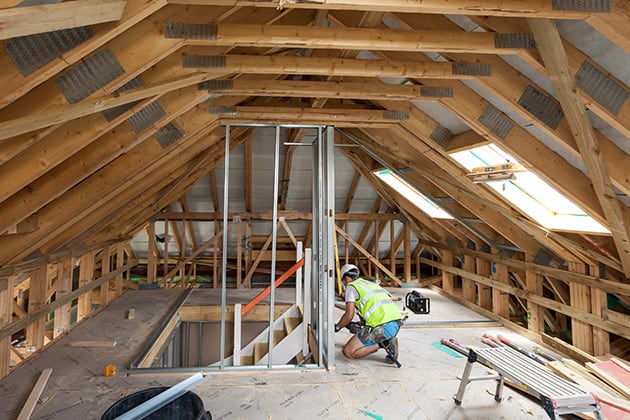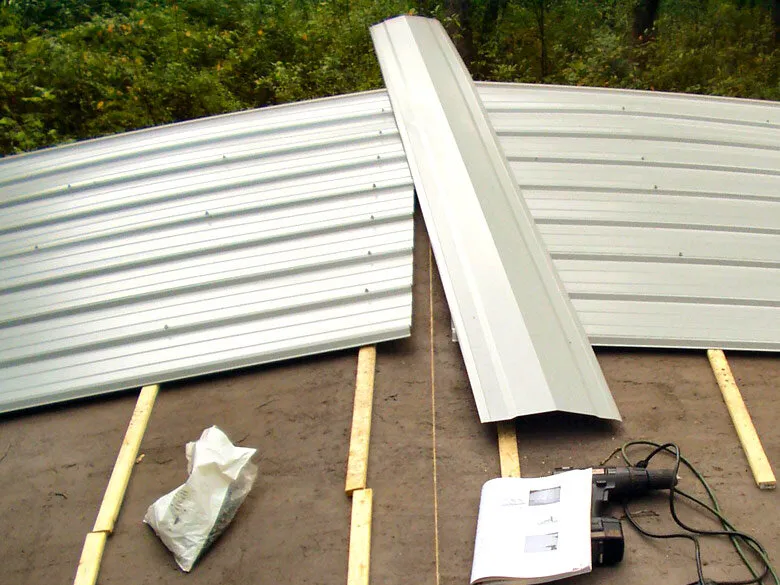When it comes to designing and building a residential home, every element plays a crucial role in determining its functionality, aesthetics, and overall feel. One often overlooked but vital aspect of home design is the roof truss system. Roof truss design not only affects the structural integrity of your house but also has a significant impact on the interior space. In this article, we’ll explore how the types of residential roof trusses can shape and enhance the interior spaces of your home.
Aesthetic Appeal
The type of roof truss you choose can significantly influence the visual appeal of your home’s interior. For instance, exposed trusses, such as scissor or king post trusses, can add a sense of grandeur and rustic charm to the living area. They create an open, cathedral-like ceiling that draws the eye upward, making the space feel larger and more inviting.
Room Layout and Usability
Different roof truss designs can dictate how you use and layout your rooms. Traditional triangular trusses can limit the available headroom in the upper level, restricting your options for room configurations. On the other hand, modified trusses like attic trusses or raised-heel trusses create additional space in the attic, enabling you to convert it into a usable room or storage area without sacrificing headroom.
Natural Light and Ventilation
Roof trusses can also affect the amount of natural light and ventilation in your home. Designs that incorporate dormer windows or skylights within the truss structure can flood your interior spaces with natural light, creating a brighter and more inviting atmosphere. Proper ventilation through roof trusses can also enhance indoor air quality and comfort.
Energy Efficiency
The choice of roof truss design can impact the energy efficiency of your home. Trusses that allow for thicker insulation can better regulate the indoor temperature, reducing energy consumption and heating/cooling costs. A well-insulated attic space created by the trusses can also prevent heat loss in the winter and heat gain in the summer.

Flexibility for Future Renovations
Some roof truss designs offer greater flexibility for future renovations. For instance, raised-heel trusses create extra space in the attic, allowing you to add more insulation, install HVAC systems, or even expand living areas without major structural modifications.
Sound Insulation
Certain roof truss designs can improve sound insulation within your home. Trusses that incorporate noise-reducing materials or designs can minimise sound transmission between floors, enhancing the privacy and tranquillity of individual rooms.
In the world of residential architecture, the impact of roof truss design on home interior space cannot be underestimated. Your choice of roof truss design influences the aesthetics, layout, natural lighting, energy efficiency, and overall functionality of your home. Therefore, it’s essential to work closely with architects and builders to select the right roof truss system that aligns with your design preferences and long-term goals for your residential space. By doing so, you can create a home that not only looks impressive from the outside but also provides comfortable, functional, and aesthetically pleasing interior spaces for years to come.







:strip_icc()/stylemaker-secret-white-den-b21ab396-d2636ff8d24449a99561054dc983475b.jpg)

